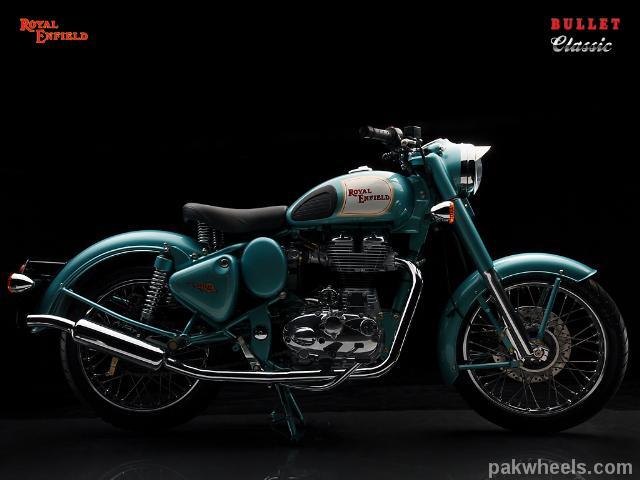Royal Enfield motorcycles have carved a unique niche in the global motorcycle market, blending classic design with modern engineering. With a rich history dating back to 1901, Royal Enfield has become synonymous with durability, reliability, and a distinctive riding experience. This article delves into the legacy, evolution, and current market strategies of Royal Enfield, highlighting why it remains a beloved brand among motorcycle enthusiasts.
A Storied Legacy
Royal Enfield’s journey began in Redditch, Worcestershire, England, as a division of the Enfield Cycle Company. The brand’s first motorcycle, produced in 1901, featured a 1.5 hp Minerva engine mounted on a bicycle frame. Over the years, Royal Enfield gained a reputation for producing robust and reliable machines, a reputation that was further cemented during World War I and II when the company supplied motorcycles to the British armed forces.
The Indian Connection
After World War II, Royal Enfield’s fortunes began to wane in the UK, but the company found a new lease on life in India. In 1955, Royal Enfield partnered with Madras Motors to form Enfield India and began assembling the iconic Bullet motorcycles in Chennai. The Bullet 350 and Bullet 500, with their distinctive thumping engines and rugged build, became favorites among Indian consumers, particularly in rural and semi-urban areas.
Revival Under Eicher Motors
In 1994, Eicher Motors, an Indian automotive company, acquired Royal Enfield. This acquisition marked a turning point for the brand. Under the leadership of Siddhartha Lal, who became CEO of Royal Enfield in 2000, the company embarked on a path of transformation and growth. Lal, a passionate motorcyclist himself, envisioned Royal Enfield as a global brand that combined classic design with modern engineering.
Modern Classics
The 2000s witnessed a remarkable resurgence for Royal Enfield. The launch of the Classic 350 and Classic 500 models in 2009 was a game-changer. These models retained the nostalgic styling cues of the original Bullet but incorporated. Contemporary features like fuel injection, disk brakes, and electric start. This blend of old and new appealed to both long time fans and a new generation of riders.
Expanding the Lineup
While maintaining signature models like the Bullet and Classic, Royal Enfield has expanded its lineup with new bikes tailored to younger riders:
- Himalayan: Perfect for thrill-seekers who enjoy off-road riding and adventure touring on rugged terrain. It has a distinctive Dakar Rally styling.
- Interceptor 650: An homage to a past model but updated with specs like fuel injection. Making it perfect for urban weekend warriors who also dig retro styling.
- GT 650: Akin to a modern café racer, its sporty trim design strips down to basics for optimized city riding and cruising highways in laidback style.
Understanding the Riders
Royal Enfield’s marketing strategy is deeply rooted in understanding its customer base. The brand has identified two core groups:
- Urban Thrill-Seekers: Young professionals in their mid-20s to early 30s with disposable income to spend on a motorcycle for weekend rides and customized self-expression.
- Adventure Tourers: Slightly older riders with families who take bike trips to remote areas. They value reliability and practicality.
The Marketing Mix
Pinpointing these target customer needs has shaped Royal Enfield’s marketing mix around the four Ps:
- Product:
Royal Enfield has developed a range of modern. Stylish models with updated technology and features. While still producing their iconic classic heritage bikes. - Price: The pricing strategy ensures that Royal Enfield motorcycles remain accessible to a broad audience, balancing affordability with premium features.
- Place: Royal Enfield has expanded its global footprint, establishing a strong presence in key markets like North America, Europe, and Asia.
- Promotion: The brand leverages a mix of traditional and digital marketing channels, including social media, influencer partnerships, and experiential marketing events like the Royal Enfield Rider Mania.
Embracing Modern Trends
Royal Enfield is reportedly working on electric motorcycle prototypes, signaling its readiness to adapt to changing market dynamics and consumer preferences. This move aligns with the global shift towards sustainable and eco-friendly transportation options.
Community and Culture
One of the key factors behind Royal Enfield’s enduring appeal is its strong community and culture. The brand has cultivated a loyal following through events. Rides and clubs that bring together like-minded enthusiasts. This sense of belonging and shared passion for motorcycling has helped Royal Enfield build a vibrant and engaged community.
Conclusion
Royal Enfield’s ability to blend classic design with modern technology has allowed it to remain relevant in an ever-evolving market. By understanding its customers, expanding its product lineup, and embracing new trends, Royal Enfield continues to capture the hearts of motorcycle enthusiasts around the world. There’s a Royal Enfield motorcycle that speaks to your spirit of freedom and exploration.

